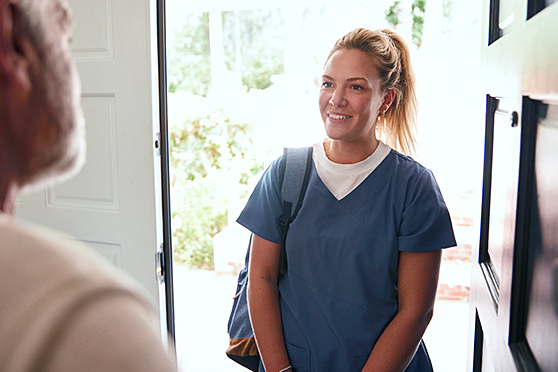Lone worker health and safety : Who is at risk?

Lone worker health and safety: Who is at risk?
A lot has been written about lone worker health and safety. Oddly, you rarely see a list of jobs or occupations that fall into the lone worker category. It’s almost assumed you will know who you are. At a high level, there are three categories of workers who make up the majority of those affected by lone working rules.
Work alone categories
- People who work alone on site
- People working away from their office or normal base
- Homeworkers, which includes those who visit other people’s homes
Moving from the general to the specific, what are some examples of jobs and the risks they face?
- Lab workers: exposure to chemicals, biological contaminants and fire
- Home workers: violence, lifting injuries, falls or needle pricks
- Postal workers: theft, animal attacks, abusive customers
- Agricultural workers: equipment injuries, chemicals, falling items or animal attacks
- Taxi drivers: road rage, theft, intoxicated customers/violence
- Maintenance people: electrical shocks, falls, becoming trapped in remote place
- Sales people: customer violence, falls, stress related incidents
- Independent consultants: road rage, falling asleep at wheel, abusive customers
- Brewers: Slips, falls, trips or banging your head while cleaning in closed spaces
This list is not intended to cover all work alone jobs. Rather, it highlights how roles you don’t often associate with lone working carry some degree of health and safety risk.
What can you do about it?
- Most countries have a requirement for the organization to discuss with the worker their concerns and their ideas for how to improve them. Even without the requirement, it’s a good place to start.
- Complete a risk assessment. Never done one? Why not download our free risk assessment guide.
- Consider how you can restructure the job to make it safer. For example, can you move its location, work in teams or add safety equipment to the site?
- Review your work processes on a regular basis and ensure they are delivering the results you want.
Having a professional safety monitoring system in place is also an important component in your overall health and safety program. We’ve created a free Lone Worker Safety Monitoring Comparison Guide to help you make an informed decision.
Book a Demo Today
Alternatively, get a free trial of the app
Want to try OK Alone? Click the button below and enter your details. It's free and no credit card is required.





